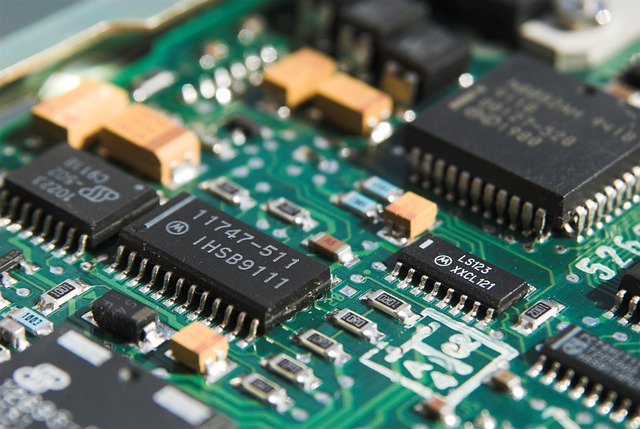The chip shortage and the effects that this had on global manufacturing and design have been well documented and discussed. Numerous businesses closed, and manufacturing slowed around the world. It is, however, of even more interest as to how this shortage has created a sense of innovation and change in the sector as never seen before. This post will discuss how the shortage of PCBs and chips led to a new way of thinking and acting in the electronics, manufacturing, and chip development sector.
Details of the recent and ongoing chip shortage
Until there was a shortage of chip components and a massive slowdown in production, many people possibly didn’t know the extent to which these chips were used in the modern economy. Anything that uses switches and an electrical current will likely have a silicon chip. From cars and vehicles to household appliances like fridges and phones, they all need these chips. There was a shortage of silicon-based components, and the devices manufactured on smaller or thinner wafer-style silicon sensors and arrays started during the pandemic and have not really been solved since. It was a situation further compounded by a never-seen-before demand for these components in the tech manufacturing sector as the remote and hybrid working paradigm took off around the globe. More people needed laptops, smartphones, and smart home devices, pushing demand beyond production and creating shortages of everything from cars to the latest mobile phones.
The solutions
It has been said that ‘necessity is the mother of all invention,’ and so it proved to be in the case of the aforementioned shortage, in that as soon as the auto and tech sectors as a whole noted that they were going to struggle to obtain or buy the components they needed they were quick to look for innovative solutions.
They made their own chips
Many manufacturers in the tech, automotive, and appliance sectors simply went out and found the raw materials to begin making the chips that they needed in-house.
Manufacturers and tech producers found other suppliers
Instead of using the traditional chip supplies that were overburdened with backlog orders, those who needed them found smaller, more niche developers and suppliers to make what they needed. Chip supply moved from Asia and is now spreading across the globe. The availability of innovative chip design software such as Altium is one of the reasons that this became possible. The ability to now design and create incredibly complex PCBs and chip layouts means that many could set out the scope of what they needed and then simply look for smaller producers to make or implement these designs.
Found other main components or raw materials
Many of the chip producers began to look at other raw materials that weren’t in short supply and were more sustainable.
A heightened level of innovation is peaking in the chip and semiconductor industry and sectors around the globe. This has arguably, as shown here, been caused by the shortages and challenges faced in the industry over the last few years. It has been a rapid, if somewhat ironic, period of tech design and development in that the shortage of the smallest component was able to halt production and force such innovation.

